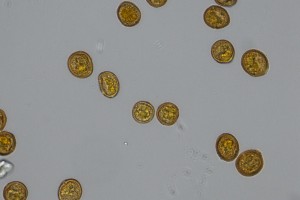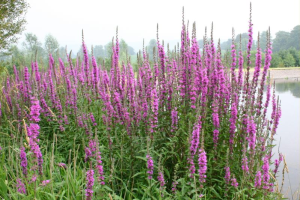Chilean needle grass
Image: Chilean needle grass
Project overview
Chilean needle grass is a perennial, tufted grass native to South America that can grow up to one meter tall when not grazed. It forms dense clumps that outcompete pasture species and are less appealing to livestock, which in turn lowers farm productivity. The seeds have sharp tips capable of penetrating the eyelids and pelts of animals, causing significant animal welfare concerns. Managing farms to mitigate the impact of Chilean needle grass, such as by removing livestock during the three-month seeding period, poses a considerable economic burden for affected farmers.
Infestations in New Zealand are highly localised with infestations in Marlborough, Hawkes Bay and Canterbury. The seeds of Chilean needle grass are heavy and are not dispersed by wind. Instead, they spread through human activity, animals, vehicles, machinery, equipment, as well as through soil, plant material, and water.
The rust Uromyces pencanus has been approved for release as a biocontrol agent against Chilean needle grass in July 2024. First releases of the rust will be made in October 2024.
- pdf Chilean needle grass biocontrol breakthrough - Issue 51, p.2 pdf File, 911 KB
- pdf A stitch in time? Issue 48, p.3 pdf File, 694 KB
- pdf Pointed problems with needlegrass project - Issue 43, p.6 pdf File, 246 KB
- pdf Slow but steady progress at the sharp end - Issue 39, p.5 pdf File, 741 KB
- pdf Grass agents slow to reveal their secrets - Issue 36, p.4 pdf File, 1 MB



